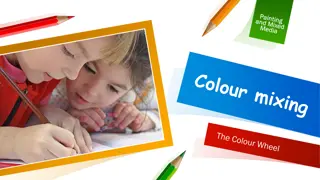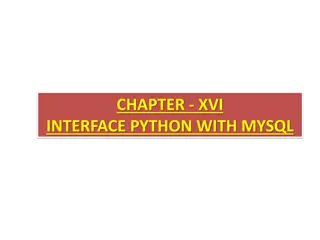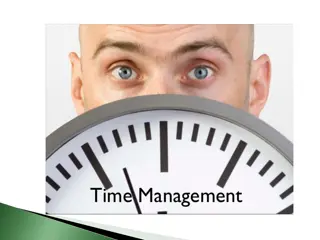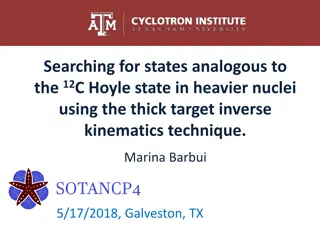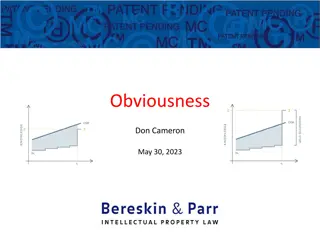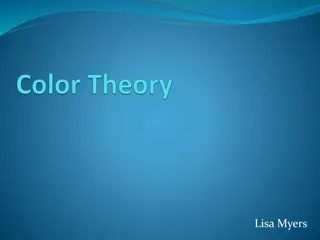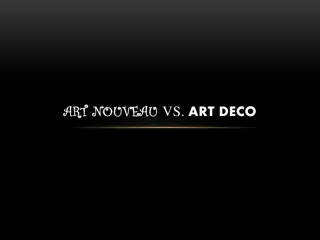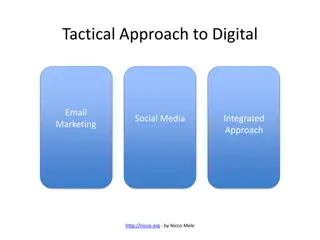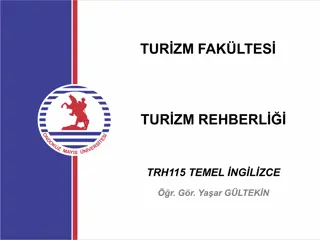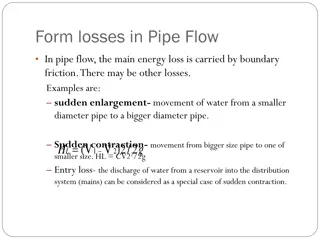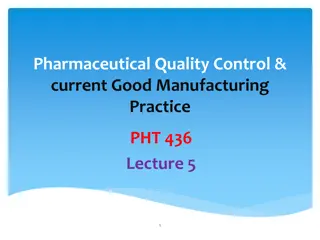Understanding Analogous Art in Obviousness Rejections
Exploring the concept of analogous art in the context of obviousness rejections under 35 U.S.C. 103. An overview of the criteria for determining analogous art, including the necessity of searching all related art fields. Key points from the MPEP regarding the essential function or utility of claimed inventions. Insights on how the proper analysis of analogous art plays a crucial role in patent examinations.
Download Presentation

Please find below an Image/Link to download the presentation.
The content on the website is provided AS IS for your information and personal use only. It may not be sold, licensed, or shared on other websites without obtaining consent from the author. Download presentation by click this link. If you encounter any issues during the download, it is possible that the publisher has removed the file from their server.
E N D
Presentation Transcript
SoCalIP Institute Analogous Art in Obviousness Rejections Weekly Educational Lunch 3/14/22 Guy Cumberbatch
Obviousness Statute Obviousness Statute 35 U.S.C 35 U.S.C 103 103 A patent for a claimed invention may not be obtained, if the differences between the claimed invention and the prior art are such that the claimed invention as a whole would have been obvious before the effective filing date of the claimed invention to a person having ordinary skill in the art to which the claimed invention pertains. Prior art means one or more references that qualify as prior art under 102 Most common claim rejection is where examiner says that the claim is obvious under 103 in view of primary reference A modified by secondary reference B Hypothetical person having ordinary skill in the art sitting at a lab bench on which is arrayed every existing prior art reference Limitations: Prior Art must be analogous, and there must be some motivation for one of skill in the art to modify A with teaching of B (MPEP 2141.01(a) citing In re Bigio) 2
Only applies to Only applies to 103 obviousness rejections 103 obviousness rejections Arguments that the alleged anticipatory prior art is nonanalogous art or teaches away from the invention or is not recognized as solving the problem solved by the claimed invention, [are] not germane to a rejection under section 102. TwinDisc, Inc. v. United States, 231 USPQ 417, 424 (Cl.Ct. 1986) A reference may be directed to an entirely different problem than the one addressed by the inventor, or may be from an entirely different field of endeavor than that of the claimed invention, yet the reference is still anticipatory if it explicitly or inherently discloses every limitation recited in the claims. 3
MPEP MPEP 904.01(c) Analogous Arts 904.01(c) Analogous Arts Not only must the art be searched within which the invention claimed is classifiable, but also all analogous arts must be searched regardless of where the claimed invention is classified. The determination of what arts are analogous to a particular claimed invention is at times difficult. It depends upon the necessary essential function or utility of the subject matter covered by the claims, and not upon what it is called by the applicant. For example, for search purposes, a tea mixer and a concrete mixer may both be regarded as relating to the mixing art, this being the necessary function of each. Similarly, a brick-cutting machine and a biscuit cutting machine may be considered as having the same necessary function. 4
What is Analogous Art? What is Analogous Art? Generally: In order for a reference to be proper for use in an obviousness rejection under 35 U.S.C. 103, the reference must be analogous art to the claimed invention. In re Bigio, 381 F.3d (Fed. Cir. 2004) Refinement: Under the correct analysis, any need or problem known in the field of endeavor at the time of the invention and addressed by the patent [or application at issue] can provide a reason for combining the elements in the manner claimed. KSR Int'l Co. v. Teleflex Inc., 550 U.S. 398 (2007) This does not require that the reference be from the same field of endeavor as the claimed invention, in light of the Supreme Court s instruction that [w]hen a work is available in one field of endeavor, design incentives and other market forces can prompt variations of it, either in the same field or a different one. - KSR Rather, a reference is analogous art to the claimed invention if: (1) the reference is from the same field of endeavor as the claimed invention (even if it addresses a different problem); or (2) the reference is reasonably pertinent to the problem faced by the inventor (even if it is not in the same field of endeavor as the claimed invention) 5
MPEP MPEP 2141.01(a) Analogous and 2141.01(a) Analogous and Nonanalogous Nonanalogous Art Art In order for a reference to be reasonably pertinent to the problem, it must logically [] have commended itself to an inventor's attention in considering his problem. In re Icon Health and Fitness, Inc., 496F.3d 1374 (Fed. Cir. 2007) In determining whether a reference is reasonably pertinent, an examiner should consider the problem faced by the inventor, as reflected - either explicitly or implicitly - in the specification. In re Klein, 647F.3d 1343 (Fed. Cir. 2011) Example: In re Bigio - The patent application claimed a hair brush having a specific bristle configuration. The Board affirmed the examiner s rejection of the claims as being obvious in view of prior art patents disclosing toothbrushes. On Appeal, the CAFC upheld the Board s interpretation of the claim term hair brush to encompass any brush that may be used for any bodily hair, including facial hair. Illustrates the extent of the same field of endeavor rationale Significant that the CAFC agreed that the Board correctly declined to import from the specification a limitation that would apply the term only to hairbrushes for the scalp. Consequently, the term hair could mean any type of bodily hair not just scalp hair, and the structural similarities between toothbrushes and small brushes for hair would have led one of ordinary skill in the art working in the specific field of hairbrushes to consider all similar brushes including toothbrushes. 6
Donner Technology, LLC v. Pro Stage Gear, LLC Donner Technology, LLC v. Pro Stage Gear, LLC 979 F.3d 1353 979 F.3d 1353 (Fed. Cir. 2020) (Fed. Cir. 2020) Pro Stage sued Donner on U.S. Patent No. 6,459,023 claiming a guitar effect pedalboard Donner lost an IPR citing US 3,504,311 disclosing a support structure for holding a relay and wiring-channel space because the PTAB found the 311 patent was non- analogous, but the CAFC vacated and remanded CAFC found that PTAB applied the wrong standard, ignored evidence of a common problem to be solved, and did not adequately explain how the differences in age between the patent and prior art mattered 7
What about how old the reference is? What about how old the reference is? What if invention and primary reference A is modern, while secondary reference B is very old, even archaic? The mere age of the references is not persuasive of the unobviousness of the combination of their teachings, absent evidence that, not withstanding knowledge of the references, the art tried and failed to solve the problem. In re Wright, 569 F.2d (CCPA 1977) Age of reference is relevant if the problem solved by the invention was known for a long time Solving a long-felt need is one factor to note when rebutting a 103 rejection, but again, the problem must be expressed in the prior art for one to use it 8
PTAB Appeal 2021 PTAB Appeal 2021- -002655 re: US Ser. No. 16/002,935 002655 re: US Ser. No. 16/002,935 Claims to a surgical device for attaching to a digit of a user including a finger attachment sleeve comprising a biaxial helically wound braided tubular structure configured to radially expand when longitudinally compressed and contract when longitudinally stretched, and an instrument portion secured thereto Prior art included several J&J surgical sleeves/instruments (2003-04) in combination with a child s finger toy (1953): PLUS OR 9
PTAB Appeal 2021 PTAB Appeal 2021- -002655 re: US Ser. No. 16/002,935 002655 re: US Ser. No. 16/002,935 Argument: Non-Analogous Art because One Skilled in the Art (osita) would not look to child s toy to solve a problem associated with a surgical tool Response: Though not in the same field, problem was the same providing a digit- grasping portion in the form of a sleeve that narrows when pulled on, resulting in a stronger grip sounds like hindsight The problem cited by the examiner was not explicit in the specification, but instead, he cited a section describing the braided sleeve construction which was then noted by the PTAB The problem was not recognized by the J&J references, which did not spend any time on the design of the finger sleeves they were silicone or mesh tubes The Ex and PTAB relied heavily on the similar structure and function of the braided sleeves Argument: Old reference in different field used in combination with more recent prior art indicates non-obviousness braided sleeve design has been around forever Response: CAFC wanted evidence of need between the prior art (2003-2004) and the filing date of 2014, because 2003-04 designs worked 10





